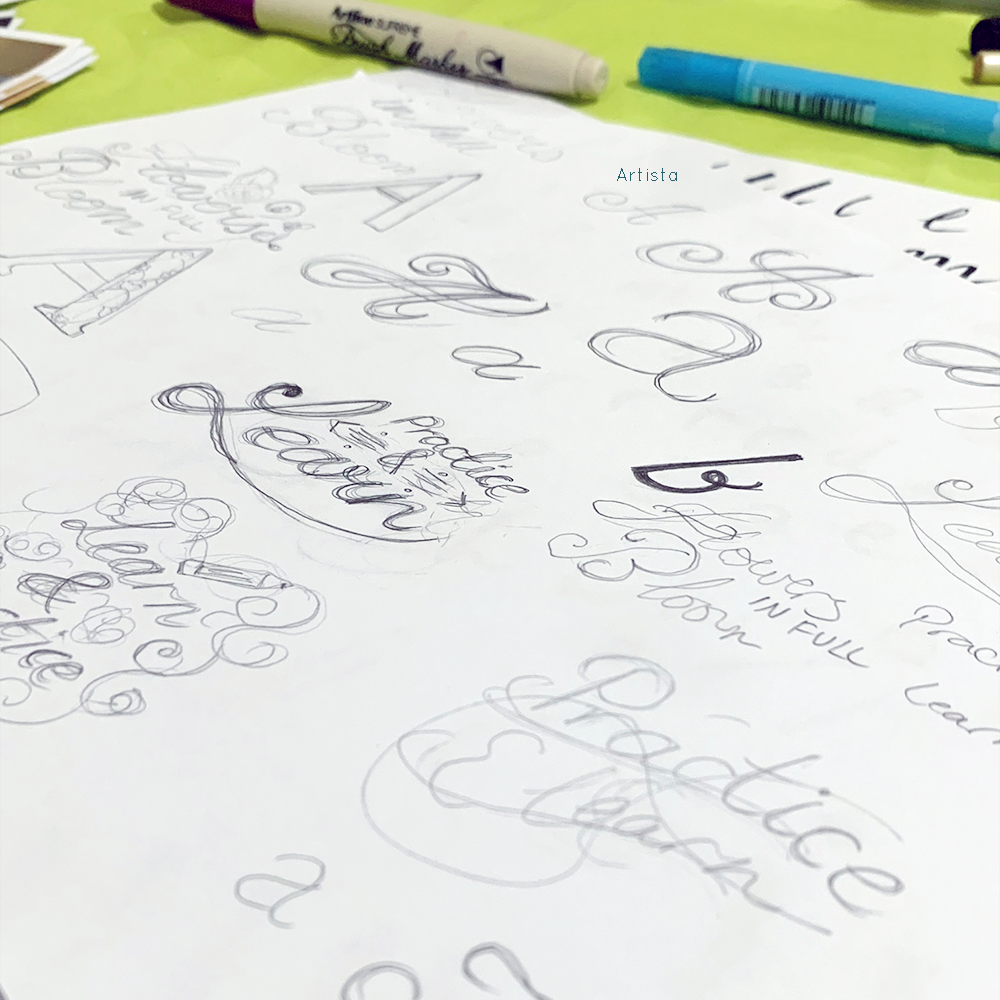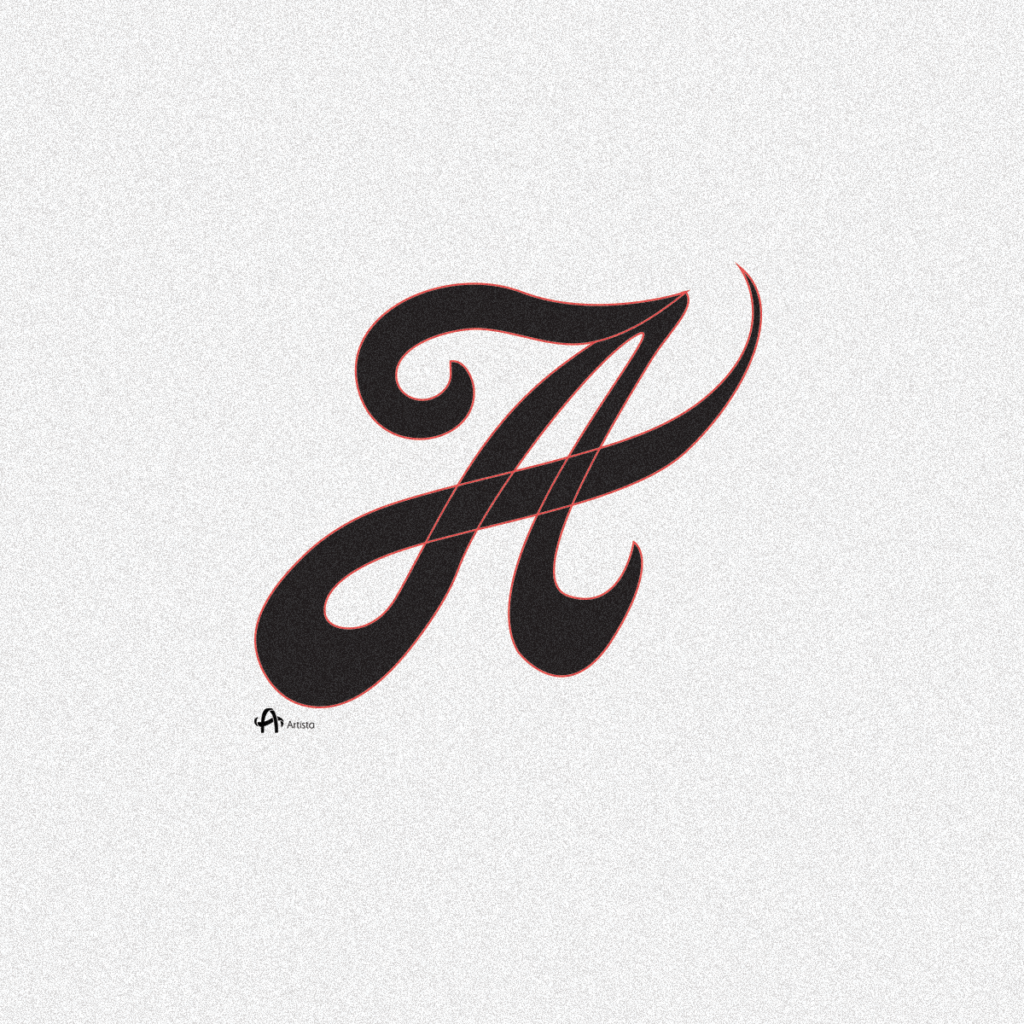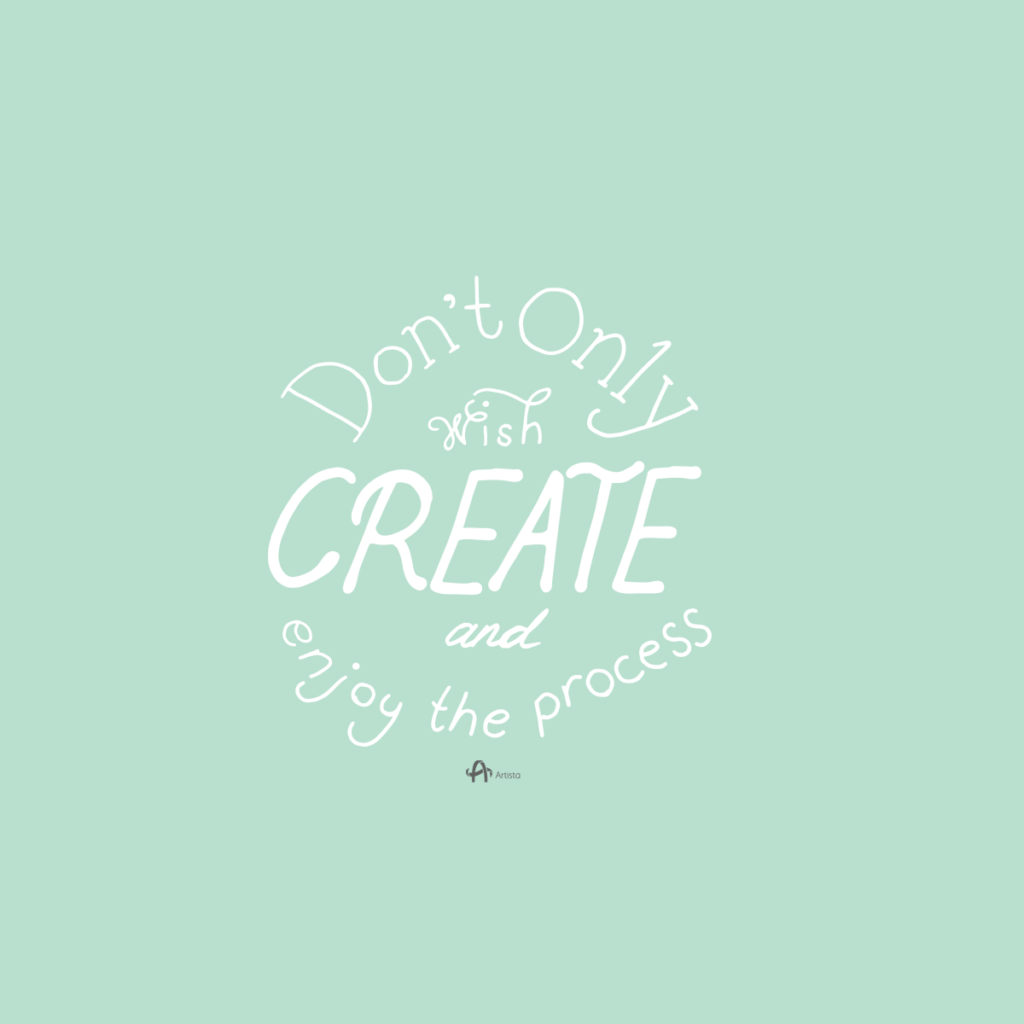Fonts and writings vary. We see more typography, calligraphy, and lettering nowadays. In every culture, and language there is their own way of writing since old days. It’s the most important way of communication. Even before letters were created, humans were able to communicate through painting shapes and forms to tell stories.
In this post, I’ll write to you about the differences between Calligraphy, typography, and lettering. So continue reading further to know more about each and learn about their different types and uses. And one important factor to keep in mind, is the fact that each has its own tools. Investing in the right tools will give the best results.
Calligraphy

When we say calligraphy, we mostly think of script and Roman letters. It was passed down to us from pre-historic times taking different formations throughout the years. At that time, mankind used basic shapes to communicate and tell stories. Caves are a good source to look at and have an idea about the old communication between humans at that time. Many years later, scriptures were carved with letters. From there, letters were mostly used until the art of calligraphy was born. That’s when calligraphers invented flourished and italic scripts.
Tools: Fountain pen, and ink. It may vary depending on the calligraphy style you’ll learning.
Typography

Digitizing writings and creating fonts are what makes typography. You start with a writing, use a digital medium, and trace your writing. That’s in short what makes Typography what it is. Yet, even when using a digital medium or software, each letter is written and traced with much care and effort. Sometimes, only when fully designing a typography project will flaws show. That’s why when you pay attention and design precisely at the beginning, you can avoid as many flaws. The task it not easy but enjoying the process will ease up the tension of perfecting this art.
Tools: Mostly digital mediums like iPad, desktop, or a laptop.
HandLettering

Handlettering is the most casual writing compared to Calligraphy and typography. It has its own rules still, though. Since sign writing days, the main tool used are a brush and paint to write and paint the signs. In the modern days, brush pens are widely used for hand lettering projects giving similar results.
Tools: Brush, and paint or a paint brush.
Books to read:
- House Industries Lettering Manual by Ken Barber
- The Complete Guide to Calligraphy by Oceana Publications
- In Progress: See Inside a Lettering Artist’s Sketchbook and Process, from Pencil to Vector by Jessica Hische
Courses:
- Pascribe
- Seanwes
- TheFutur
- Lettering for Designers: One Drop Cap Letterform at a Time by Jessica Hische
- The Golden Secrets of Script Lettering: Find Inspiration In Your Handwriting by Martina Flor
- Hand Lettering Essentials for Beginners by Mary Kate McDevitt
- Illustrated Lettering: Drawing Intricate Floral Forms by Gemma O’Brien
Shop our digital prints:
